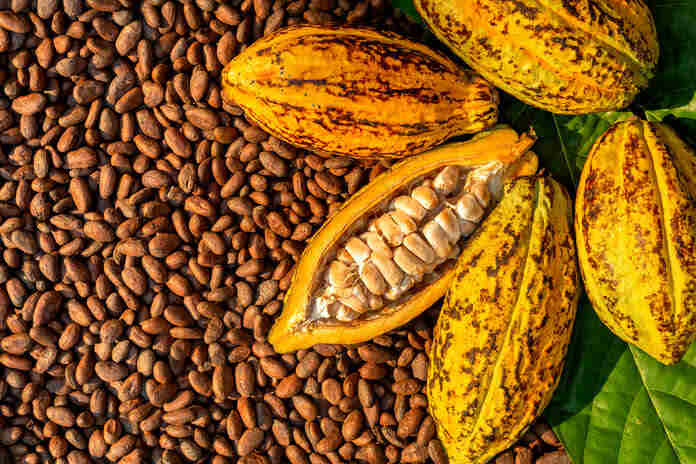Cocoa has recently joined the list of markets in the Softs sector making historic moves. Early Friday saw the nearby May futures contract surge above $8,800 per metric ton, marking a 113% increase from its close on December 29, 2023. The key question is, what is driving this parabolic move—short supplies or increased demand?
Cocoa remains a “hot” commodity. Numerous recent articles can be found on the cocoa market, each offering a different perspective on the market. The interesting part is not the content but rather the game of guessing where the author stands. Some blame Biden and inflation for the surge, positioning themselves on the right, while others attribute it to global warming, placing themselves on the left.
As always, the reality lies somewhere in between. Like other production agriculture commodities, cocoa is heavily influenced by weather. Therefore, we need to consider two factors: where most of the world’s cocoa supply is grown and the current weather conditions in those regions. Once we understand these factors, we can determine whether cocoa is experiencing a supply-driven or demand-driven market.
In a supply-driven market, short-term supplies are threatened by adverse weather conditions, resulting in an explosive short-term rally that usually fades once new supplies become available. On the other hand, a demand-driven market is characterized by new demand pulling on steady to growing supplies, leading to a long-term change in price expectations.
So, which scenario best describes cocoa in late March? Consider these key facts:
Roughly 60% of global cocoa production comes from West Africa, particularly Cote d’Ivoire and Ghana.
The El Nino weather pattern has brought hotter temperatures and more humidity to West Africa, affecting cocoa production.
While supplies are struggling to meet demand due to weather-related challenges, there haven’t been any reports of new uses for cocoa beyond industry norms. This suggests that cocoa is currently in a supply-driven market. However, without new demand factors, it’s likely that cocoa prices will eventually stabilize. Nevertheless, the unpredictability of West African weather means that another hot growing season could keep prices elevated.
In conclusion, the recent surge in cocoa prices is primarily driven by supply constraints. Unless new demand factors emerge, we can expect prices to stabilize in the future. However, the possibility of further weather-related disruptions in West Africa remains a key factor to watch.
Featured Image: Freepik









